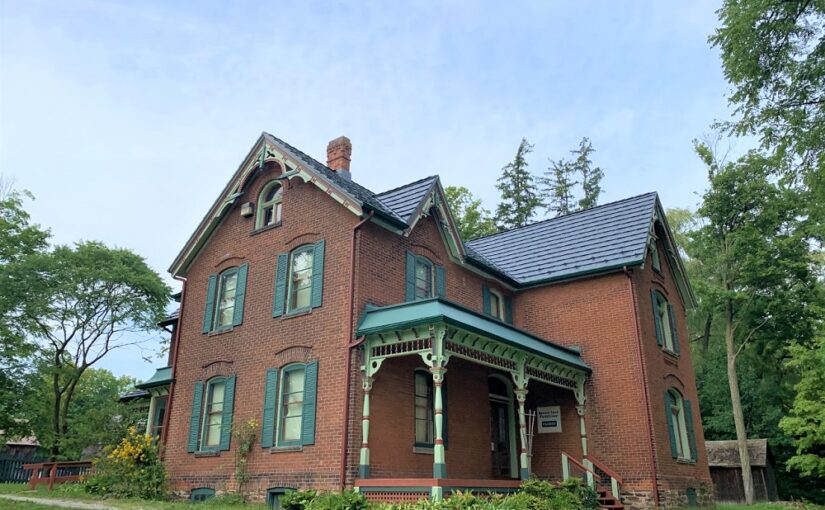Today’s blog was written by Jessica Stillman, school outreach coordinator at Bronte Creek Provincial Park.
Contained within these brick walls are stories of family, hard work, urbanization, and an era gone, but not forgotten.
This building is Spruce Lane Farmhouse at Bronte Creek Provincial Park. Today, it is a living history museum designed to share stories of the Victorian era through objects that fill the home.
Think about five items from around your home that you can’t live without.
What kind of story do the five items you chose tell about your life and the time-period you lived in?
We can’t ask the original owners of this home what items they’d pick, so we’ve chosen some that likely would have made their list over 120 years ago.
No ordinary cabinet
Imagine being able to prepare a whole meal while standing in one spot, only needing to move away once you are ready to cook.
This is the appeal of owning a Hoosier-style cabinet. Seen as a kitchen utensil in Victorian homes, it has more hiding behind its doors than just storage space (although it does have ample). Built into it are an assortment of workable parts designed to make meal-prep easier.
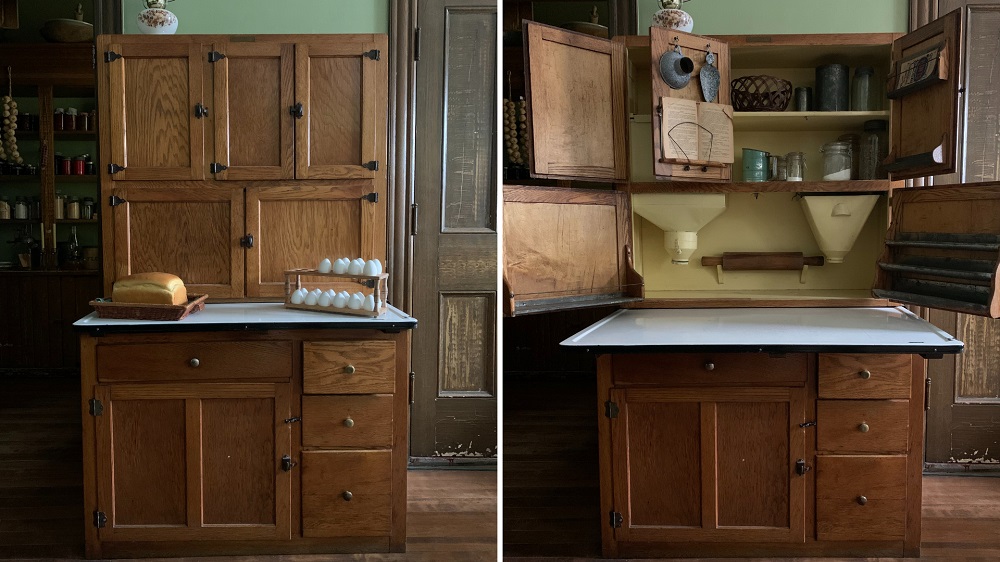
Look inside at its flour sifter, recipe book holder, spice rack, and tin-lined drawers for bread storage.
It has hangers and hooks, places for your rolling pin and sugar, and it even has an enameled work surface! Some Hoosier-style cabinets also come with meat grinders, ironing boards, or pull-out desks.
This cabinet was a must-have item to speed up meal preparation. Everything is in its place, and with purpose!
Some like it hot, but not too hot!
The front parlour of Victorian-era homes was typically used for receiving and entertaining guests.
This means it was an ideal location for the lady of the house to show off how they kept up with the latest trends.
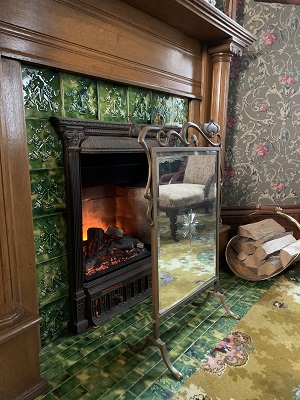
It is this lavishly decorated room that reflected the family’s social status. This meant it was important to consider your guest’s comfort when hosting.
A fire screen, while also a decorative feature in the room, was placed in front of a fireplace to deflect heat.
Why bother making a fire if you’re going to deflect its heat?
Simple: to save Victorian ladies the embarrassment of their wax-based makeup melting off their face.
Sure, it also helped spread the fire’s heat around the room, which was important when hosting guests in the front parlour.
But, we don’t think your social status can be saved from a face-melting experience.
Feeling faint?
Feeling a little faint during a social gathering?
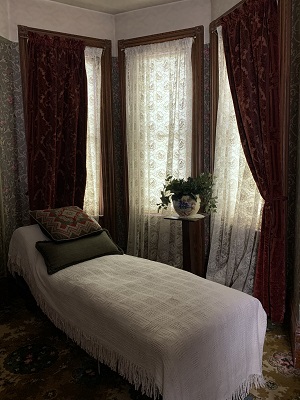
Not to worry, the fainting couch in the back parlour was a private place where women could catch their breath.
What was causing women to swoon in such magnitude during the Victorian era that fainting couches became a household feature?
It was a fashion trend, but can you guess which?
Corsets!
Their tight nature was known to make breathing more difficult, so fainting couches grew in popularity as a way to keep your fashion-forward guests comfortable.
A perfect match
Spill holders combine home decor with practicality. Many homes in the Victorian era lacked electricity, making fire an important source of light, heat, and a way to cook.
While matches existed, they were still quite expensive. Instead, a flame would be transferred from one spot to another using a spill.
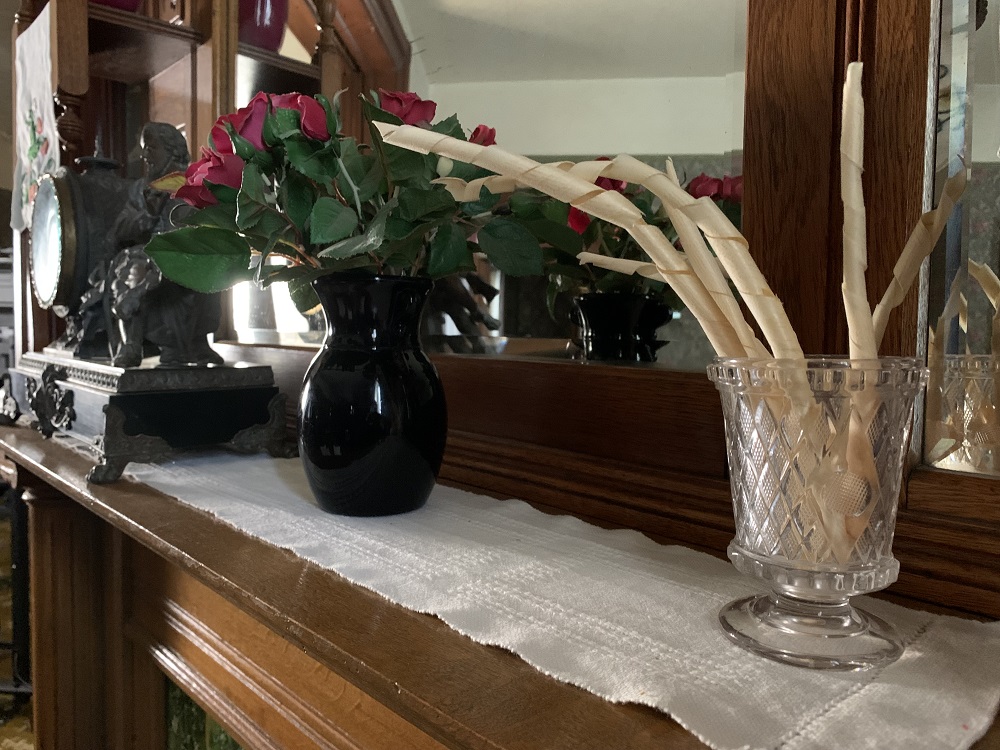
A wood shaving, twist of paper, or a spiral of wood all worked as a spill.
Always best to have a spill on hand; so, spill holders were found throughout the home.
Hiding in plain sight, these little decorative holders would be made of glass, wood, iron, or earthenware to match a room’s charm.
The ceramic saviour
While the invention of the flush toilet came long before the Victorian era, a lack of indoor plumbing and water pressure meant many homes, especially on farms, still relied on privies.
A privy is a toilet typically located in a hut in the garden, which meant when nature called you had to take your business outside. Consider the difficulty of using an outdoor toilet at night on a Victorian-era farm.
No electricity or flashlights meant you’d have to light a candle or lantern to guide you to relief.
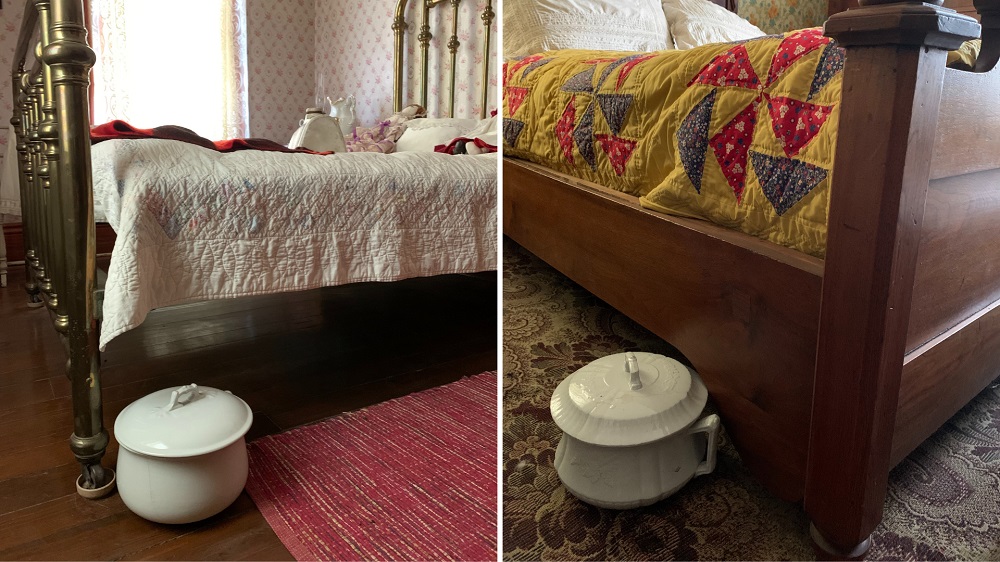
Bring forth the chamber pots! To save a trip outside at night, both adults and children would keep a chamber pot under their beds. While some chamber pots can be plain and unassuming, they began to take on a more decorative look to match the Victorian era aesthetic.
Some were delicately hand-crafted china with intricately painted décor, like flowers or the Taj Mahal, while other decorative qualities came from the shapes and forms of the chamber pot itself.
Form and function were clearly considered with these ceramic saviours.
Here today, gone tomorrow
While the usefulness of these items may seem lost today, each of us has an item we can’t live without.
These items weave together to tell a story about our day-to-day lives. While it may seem mundane to us, imagine how historians will recount our stories one day.
I can’t imagine the Breckon family, Spruce Lane’s original owners, would have imagined their stories being shared like this at Bronte Creek Provincial Park.
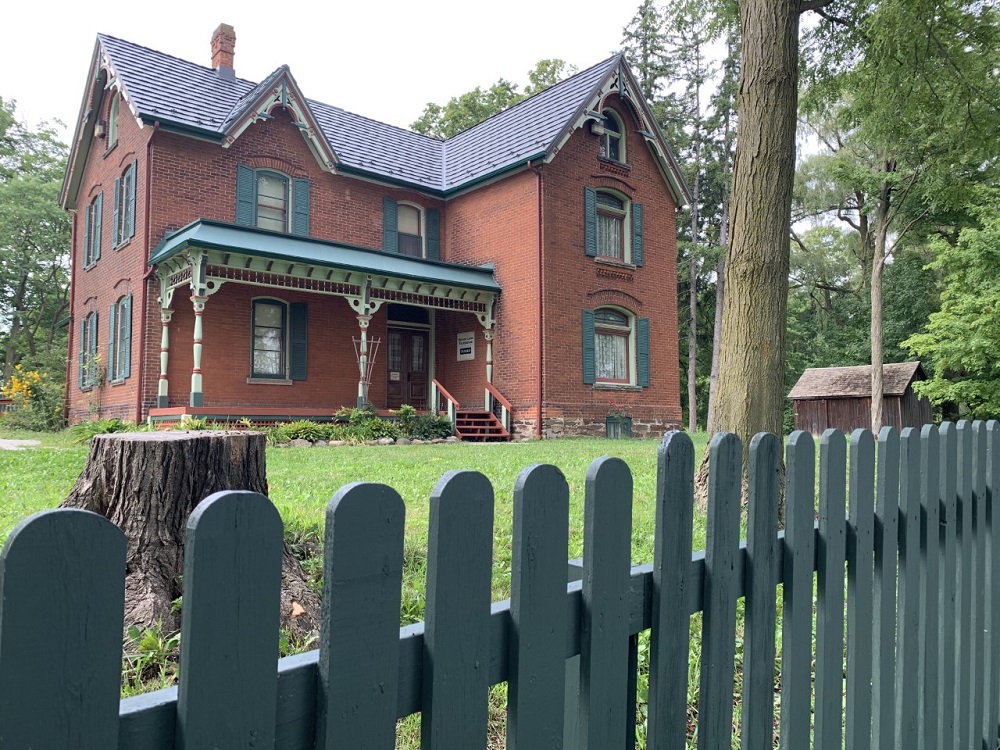
While Spruce Lane doesn’t look exactly the way it would have when the Breckon’s lived here; using historical records, photographs, and accounts from the family, it has been restored to reflect life in 1899.
It’s hard not to fall in love with this building’s charm and the tales it tells. Stepping through the doors of Spruce Lane is like stepping back in time.
Visit Spruce Lane Farmhouse at Bronte Creek today!
Can’t make it to Bronte Creek anytime soon? Explore Spruce Lane Farmhouse virtually with our 3D tour!
